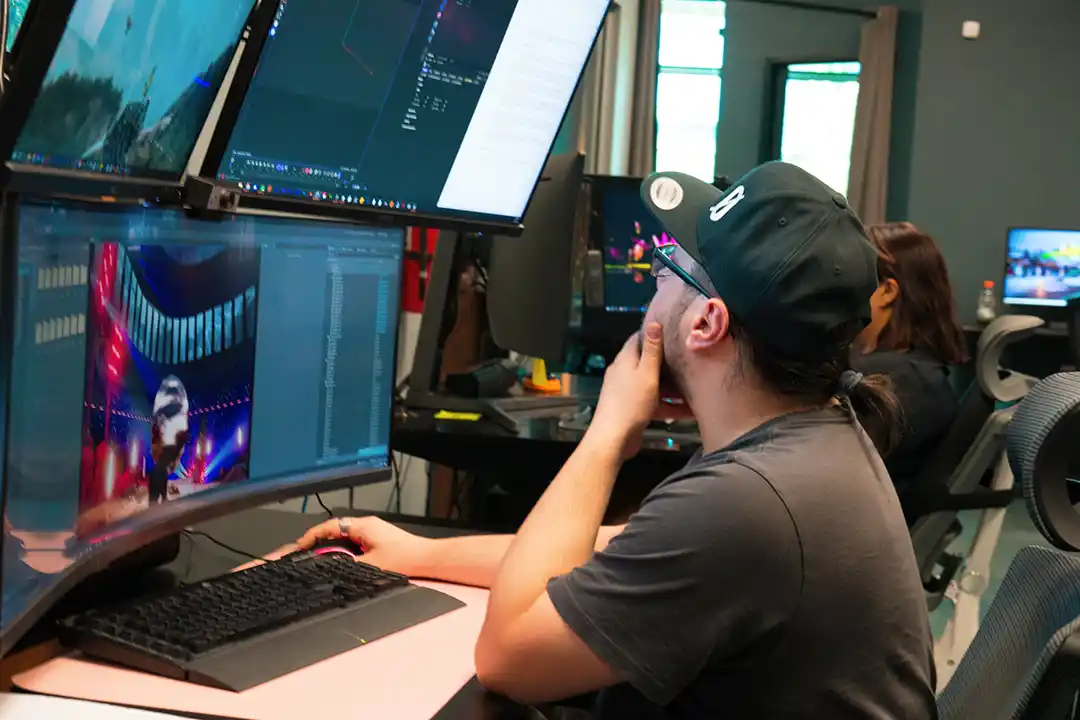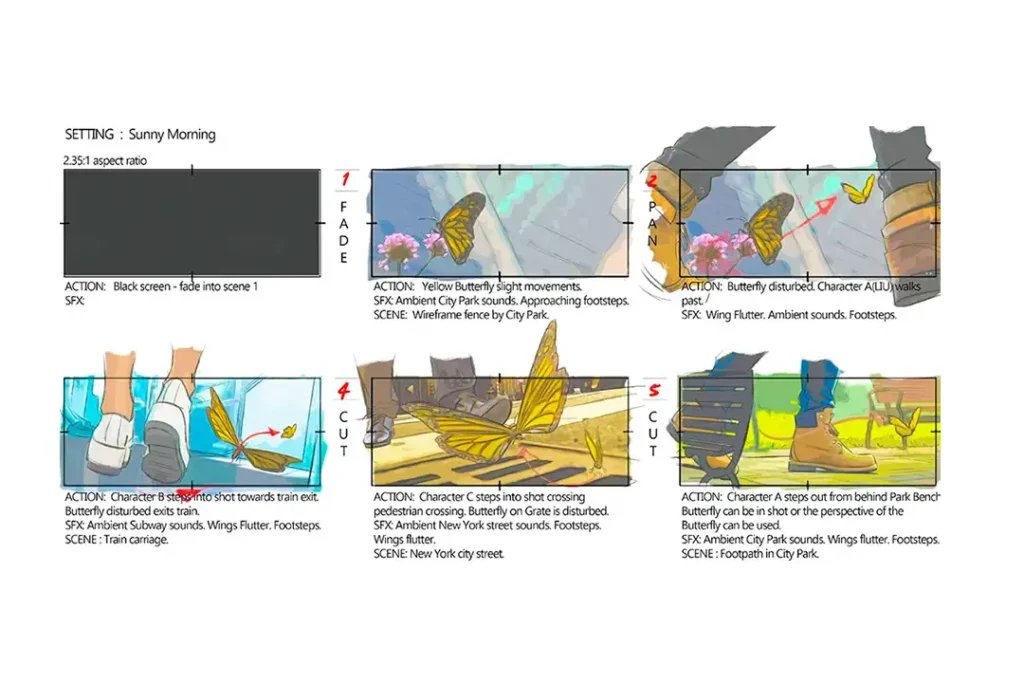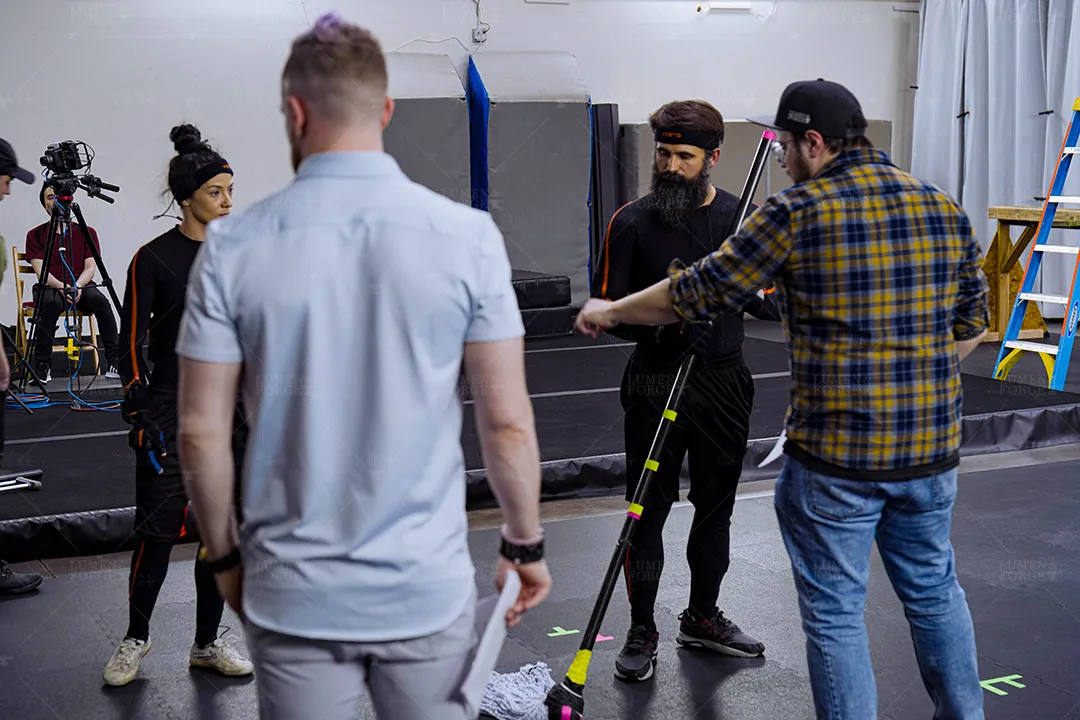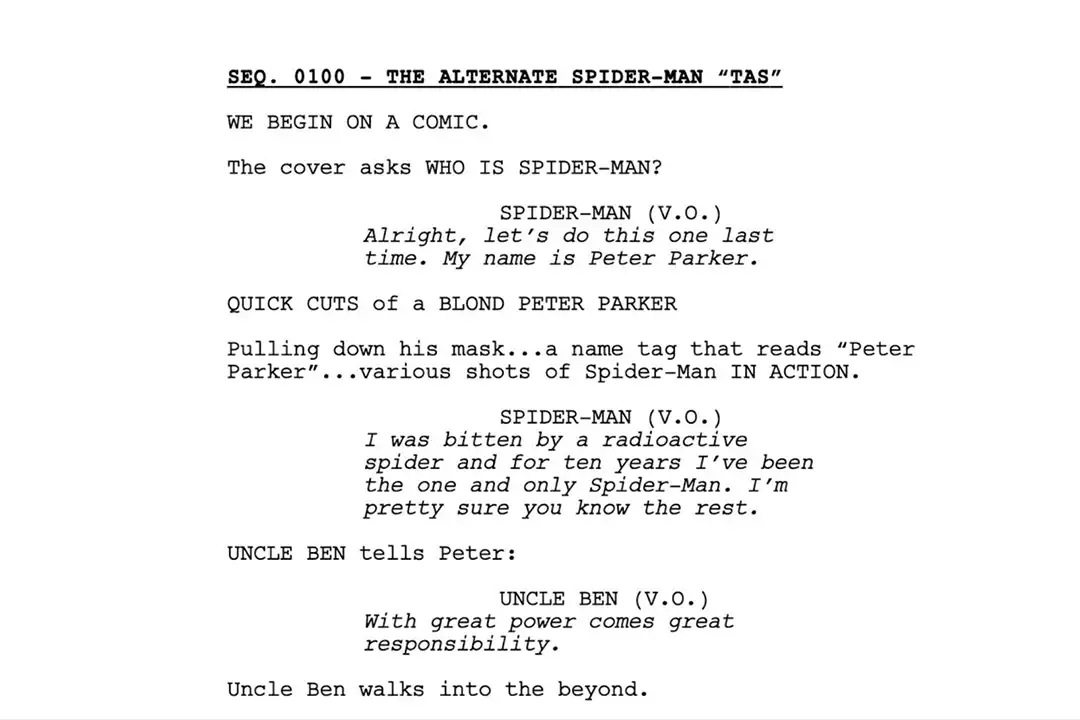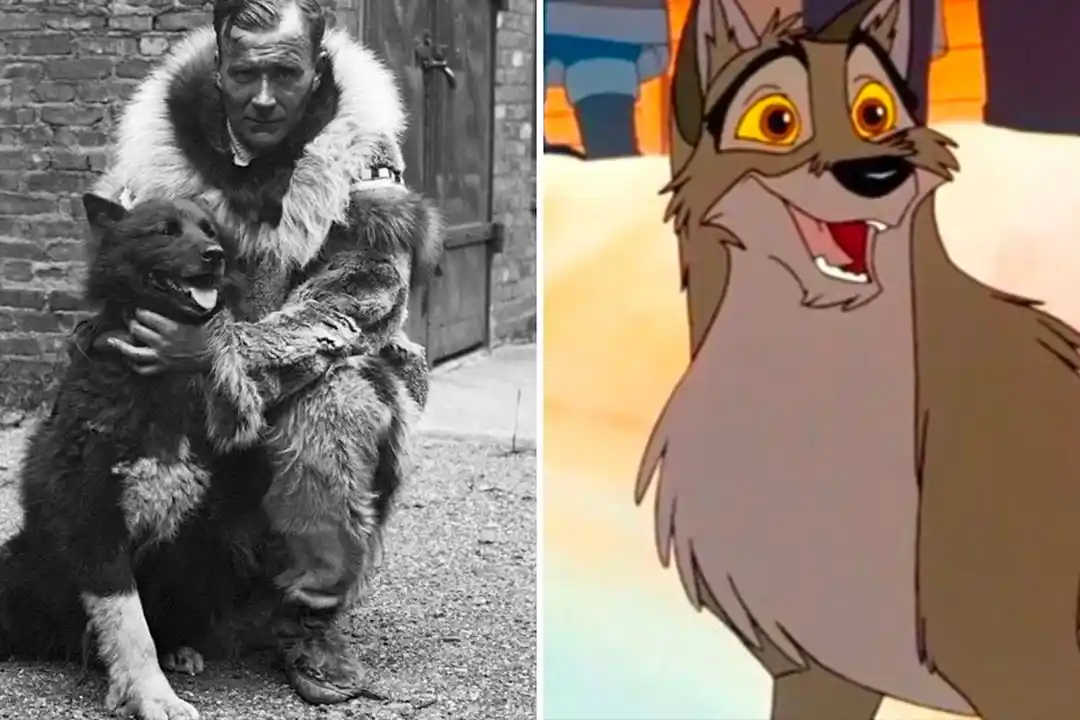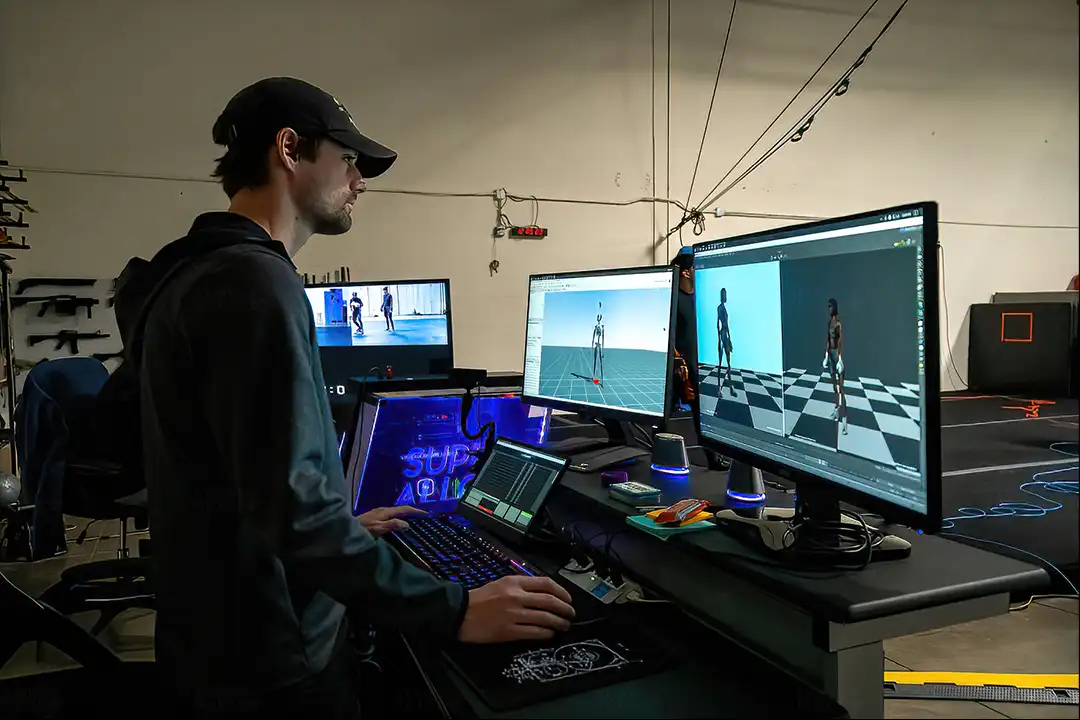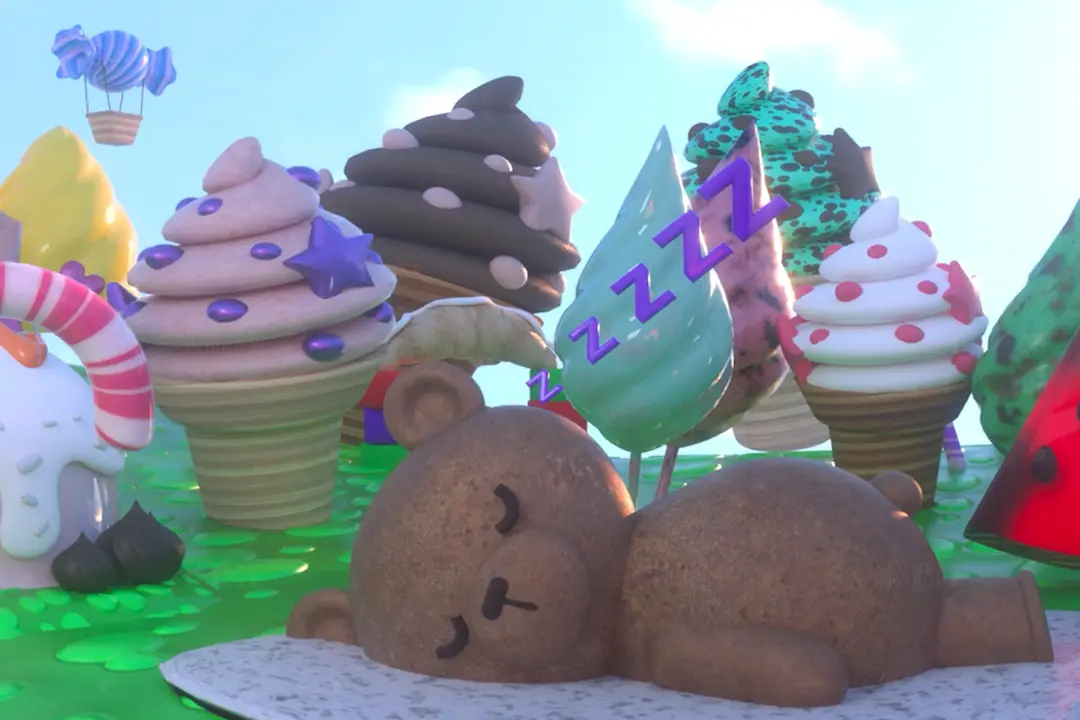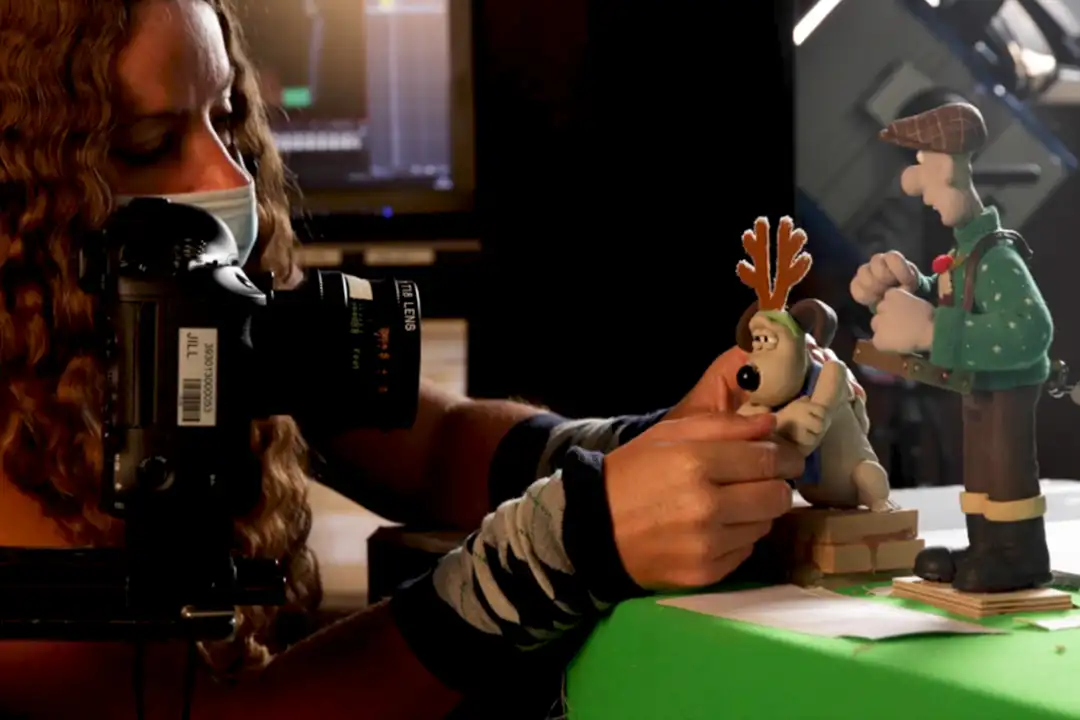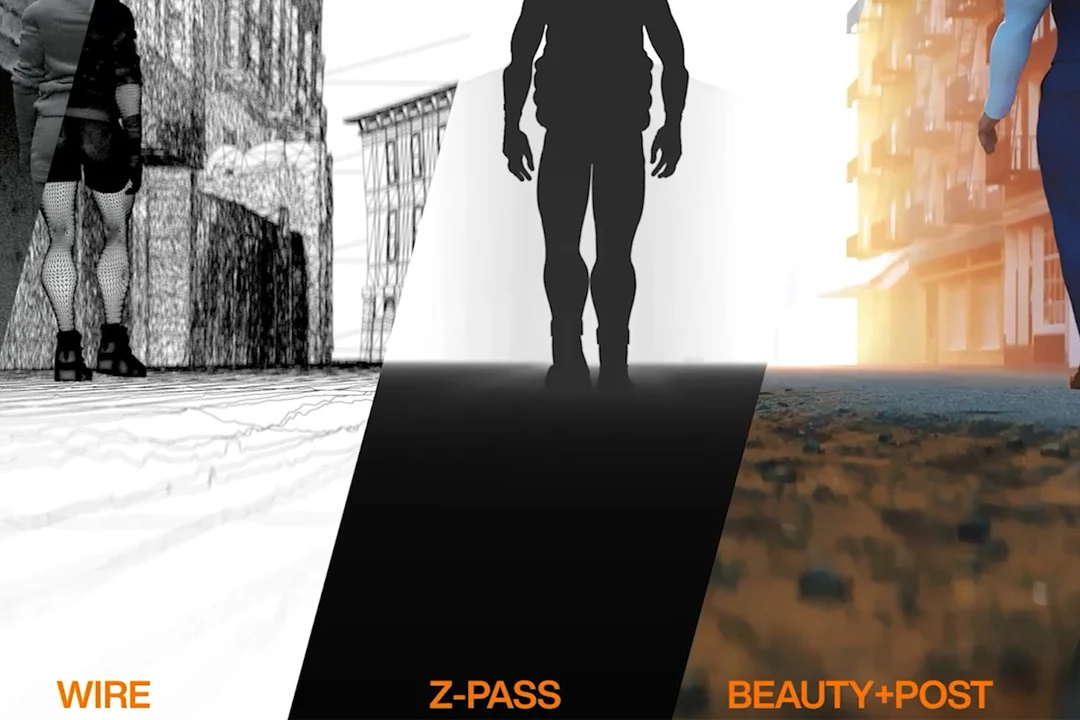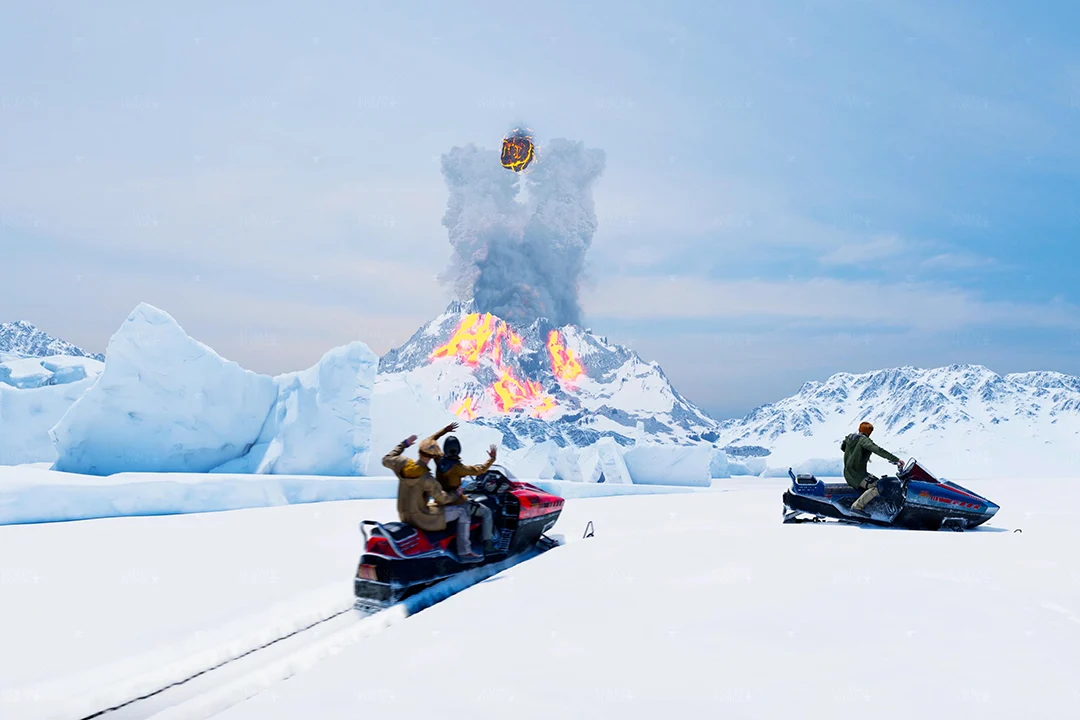Animation is a captivating art form that combines creative storytelling with visual artistry. But have you ever wondered about the animation process itself? What steps are involved in bringing animated stories to life? From initial concept to the final product, the animation process is a multifaceted and intricate journey that blends artistic talent with technical skill.
This article will guide you through each step of this animation process, starting with crucial pre-production research and scripting, moving into specialized design and asset creation roles, animation and camerawork, finally concluding with rendering, editing and impactful sound design.
Recap Video of Record Breaking Projection at the Tropicana
The Animation Process
Step 1: Research
All good stories begin with an idea. While some ideas are truly unique, others require a lot of research to make an impactful (and accurate) animation. Research is especially important when producing animations for clients, where their vision will be brought to life. Need-to-know information includes a description of the storyline or concept, mood boards, historical accuracy, tone, goals of the animation, intended audience, and more.
One obvious instance where thorough research proved crucial was in the acclaimed 1995 animated film Balto. This heartwarming story of a sled dog delivering life-saving vaccine was adapted from the historic 1925 serum run. The production team extensively studied the real events, characters like Balto, and perilous winter conditions faced by over 20 mushers and dogs. This dedication to factual accuracy and emotional truth grounded the film in reality, while allowing some poetic license to elevate the valiant efforts into an inspirational tale. The result made audiences truly invest in Balto’s against-the-odds journey to save the isolated town.
Step 2: Script
Once the research is complete and the animators or clients feel confident, it’s time to start scripting. Think of the script as the foundation for an animation where the creativity and visuals will stem from. All of the important aspects of the project, scenes, and character details are noted in an easily understandable way. It also will denote the music score, changing scenes, and sound effects. For a smaller animation, it may not be necessary to have a script – especially if it’s made by one single animator. However, to really sell the project to a director, studio, or client, the script is the best way to do so.
One script for an animation that turned overcomplicated scene ideas into a consumable format is Phil Lord’s and Rodney Rothman’s “Into the Spider-Verse.” The script shows how to convey ideas that may read unclearly on the page. For an animation that includes voiceovers, montages, thought bubbles, three-panel split screens, and more, it is a perfect example of screenwriting technique and format. Into the Spider-Verse Script (Sony Pictures Entertainment)
Step 3: Storyboarding
When you think of the animation process, you likely think of storyboarding. Storyboarding is the process of visually creating the script with a series of sketches, drawings, photos, rough sketches, computer-generated visuals, and even doodles! Good storyboards are what pave the way for good animations. Each sequence is broken down into panels, just like a comic book. It works as a way to identify the frames, shots, and angles needed for the project. In film, some directors will storyboard every single scene, whereas others will only make one for more complex sequences.
For animation, storyboards are integral to the process. They are what craft the mood, character development, and pacing of the piece. One of the best examples of excellent storyboarding is in Disney’s WALL-E. Ronnie Del Carmen, the storyboard writer, was nominated for an Annie Award for Storyboarding in an Animated Feature Production. Creating a storyboard for WALL-E was no easy feat, as the beloved character spoke through hand signals, facial expressions, and body language. This required immense details for positions, acting, and poses. WALL-E was created with a whopping 125,000 storyboard drawings, whereas the typical Pixar animation used between 50,000-75,000.
Step 4: Art Direction
Now some may think that the best animations have the best styling and art direction, where creativity really begins to shine. The elements in the art direction phase include the design of every character, color palette, typography, keyframes, and more. It includes detailed backgrounds and world-building, really creating the mood and tone of the piece. Adjustments are easy in this stage, rather than at the end (we’re looking at you, Sonic Movie).
In the movie “Frozen,” art direction played a key role in creating the enchanting world of Arendelle. The team traveled to Norway to study the landscapes and architecture, which inspired the film’s stunning visual style and authentic Nordic design elements.
One of the greatest examples of styling in animation comes from Tim Burton. Burton’s style is so distinct that it has its own name: “Burtonesque.” The exaggerated features, long fuzzy hair, baggy eyes, gangly limbs, and pale skin are instantly recognizable in both his animation and live-action films. But the “esque” transcends the characters; it is ingrained in the lighting, colors, and design, making Burton one of the most notable filmmakers in history.
Custom Animated Underwater Fantasy Scene for the X Pot 5D Room
Step 5: Voice Over
With every good story comes a great storyteller, whether in a Disney film or a business explainer video. Finding a voice for a film that emanates the mood of the animation is very important. Specially trained voice actors, even regular actors, can be hired to narrate an animated film. Notably, one of the most impactful (and fun) parts of the animation process, the narrator chosen must be able to deliver the message, tone, and meaning behind the story through the script. Narration can be the overall narrator of the animation to the voice actors playing the characters. This step is done first so that the animators can lip-sync the animations.
Morgan Freeman, known for his calming yet commanding voice, has been named the Greatest Narrator according to IMDB. Freeman awes many with his compassionate demeanor and vibrant energy while also retaining a tone of authority. Whether performing in a classic drama or an exciting animation, his voice is known for captivating audiences. His cinematic dialogue conveys warmth and reassurance, creating an atmosphere of trust which filmgoers deeply appreciate. Furthermore, Freeman’s versatility has allowed him to narrate documentaries, animations, amusement park rides and video games. There seems to be no limit to what he can do with just his voice!
Step 6: Illustration and Animation
Finally, the most important step of the animation process: illustrating and animating! Using specialized animation software, animation artists add movement and bring the story to life. Typically, producing 60-90 seconds of animation, it takes 8-10 weeks. However, the time required varies depending on the scene’s complexity, the animation style, the dialect happening in the scene, and the animator’s skill. Big-budget films can have anywhere from 40-60 animators working on a project! All of these facts are a nod to the complexity of the animation process.
Animated stop-motion films, such as the widely known “Wallace and Gromit” franchise, require a special kind of attention to detail and tremendous amounts of time to create. Wallace and Gromit are a series of Academy Award-winning, critically acclaimed British clay animation comedy production about an eccentric inventor named Wallace and his intelligent but mute dog Gromit. Despite the duo looking like plasticine puppets, creators Nick Park and Peter Lord spent countless hours crafting each puppet using foam plasticine over metal armatures. Beyond that, the filmmakers behind this beloved claymation duo also constructed hundreds of sets from scratch to give audiences a one-of-a-kind look at the world that Wallace and Gromit lived in. Even more impressive is the amount of work that went into animating each movement. By carefully “tweaking” the puppets tiny bit after tiny bit, these daring designers bring their characters to life with uniquely organic movements that have captivated fans worldwide. It is truly an intricate process, so it’s no surprise why creating something as iconic as Wallace and Gromit can take up to five years to make.
Step 7: Adding Sound Effects
Once the visuals are finished, it’s finally time for the last step in the animation process: adding the sound effects. Now the sound effects will include the narration that was recorded before, voice acting, sound effects, and music. Using the visual counterpart as an aid, the sound effects are the finishing touches to the piece.
Example: In “ Jurassic Park ,” sound designer Gary Rydstrom created the terrifying roar of the T-Rex by blending the sounds of a baby elephant, a tiger, and an alligator. This attention to sound detail heightened the realism and suspense of the film’s dinosaur encounters.
Choosing only one best animation soundtrack is nearly impossible; however, there is one that really makes us feel something. That is, the soundtrack from the 2010 film “How to Train Your Dragon.” The soundtrack is a classic movie score that stands out for its unique instrumental textures and memorable themes.The score was composed by John Powell, who enlisted the London Symphony Orchestra to help create an auditory journey that effortlessly blends the rousing action of dragons with the quieter moments of family drama. Stylistically, Powell draws from multiple musical traditions while maintaining a cohesive musicality throughout the film. The score seamlessly shifts between moments of beauty, joy, sorrow, and suspense, making it a revelatory experience for any listener. With its highly flexible use of orchestral colors combined with its compelling story-telling arc, it’s no surprise this soundtrack stands out as one of the best movie scores in recent memory.
Motion Capture Studio in Action
The Evolution of Animation in Different Industries
Moreover, the world of animation has expanded beyond traditional methods to include advancements in 3D animation. This form of animation has revolutionized not only films but also video game storytelling, providing immersive experiences that captivate players. Modern 3D animation technologies enable more realistic character movements, intricate world-building, and engaging narratives, enhancing the overall gaming experience.
In addition to entertainment, 3D animation has found significant applications in various industries, including business. Companies now use 3D animations for impactful business presentations, creating visually engaging content that can effectively communicate complex ideas and data. This versatility of animation underscores its value in both creative and professional spheres.
As we continue to embrace technological advancements, the future of animation looks even more promising. Whether it’s through creating compelling animated films, developing immersive video games, or enhancing business presentations, the art of animation will undoubtedly remain a powerful tool for storytelling and communication.

